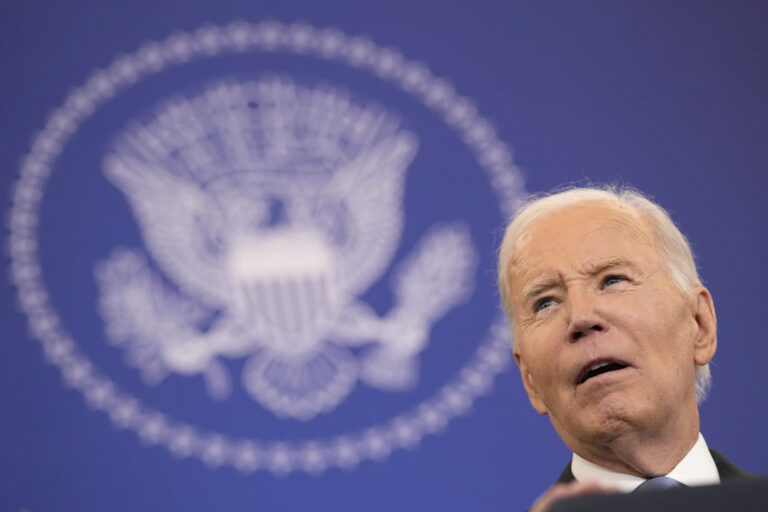Life expectancy in the United States dropped a staggering one year during the first half of 2020 as the coronavirus pandemic caused its first wave of deaths, health officials are reporting.
Minorities suffered the biggest impact, with Black Americans losing nearly three years and Hispanics, nearly two years, according to preliminary estimates Thursday from the Centers for Disease Control and Prevention.
“This is a huge decline,” said Robert Anderson, who oversees the numbers for the CDC. “You have to go back to World War II, the 1940s, to find a decline like this.”
Other health experts say it shows the profound impact of COVID-19, not just on deaths directly due to infection but also from heart disease, cancer and other conditions.
“What is really quite striking in these numbers is that they only reflect the first half of the year … I would expect that these numbers would only get worse,” said Dr. Kirsten Bibbins-Domingo, a health equity researcher and dean at the University of California, San Francisco.
This is the first time the CDC has reported on life expectancy from early, partial records; more death certificates from that period may yet come in. It’s already known that 2020 was the deadliest year in U.S. history, with deaths topping 3 million for the first time.
Life expectancy is how long a baby born today can expect to live, on average. In the first half of last year, that was 77.8 years for Americans overall, down one year from 78.8 in 2019. For males it was 75.1 years and for females, 80.5 years.
As a group, Hispanics in the U.S. have had the most longevity and still do. Black people now lag white people by six years in life expectancy, reversing a trend that had been bringing their numbers closer since 1993.
Between 2019 and the first half of 2020, life expectancy decreased 2.7 years for Black people, to 72. It dropped 1.9 years for Hispanics, to 79.9, and 0.8 years for white people, to 78. The preliminary report did not analyze trends for Asian or Native Americans.
“Black and Hispanic communities throughout the United States have borne the brunt of this pandemic,” Bibbins-Domingo said.
They’re more likely to be in frontline, low-wage jobs and living in crowded environments where it’s easier for the virus to spread, and “there are stark, pre-existing health disparities in other conditions” that raise their risk of dying of COVID-19, she said.
More needs to be done to distribute vaccines equitably, to improve working conditions and better protect minorities from infection, and to include them in economic relief measures, she said.
Dr. Otis Brawley, a cancer specialist and public health professor at Johns Hopkins University, agreed.
“The focus really needs to be broad spread of getting every American adequate care. And health care needs to be defined as prevention as well as treatment,” he said.
Overall, the drop in life expectancy is more evidence of “our mishandling of the pandemic,” Brawley said.
“We have been devastated by the coronavirus more so than any other country. We are 4% of the world’s population, more than 20% of the world’s coronavirus deaths,” he said.
Not enough use of masks, early reliance on drugs such as hydroxychloroquine, “which turned out to be worthless,” and other missteps meant many Americans died needlessly, Brawley said.
“Going forward, we need to practice the very basics” such as hand-washing, physical distancing and vaccinating as soon as possible to get prevention back on track, he said.
(AP)












One Response
The drop in life expectancy was due to old people dying a faster rate. The loss of many retired people, but of few workers and almost no children, will have a good economic impact. Medicare and Social Security will be better off (since they are both insurance programs, albeit grossly distorted ones, so they will have fewer claims but undiminished premiums). If the government had done this by design, it would be considered to be euthanasia.